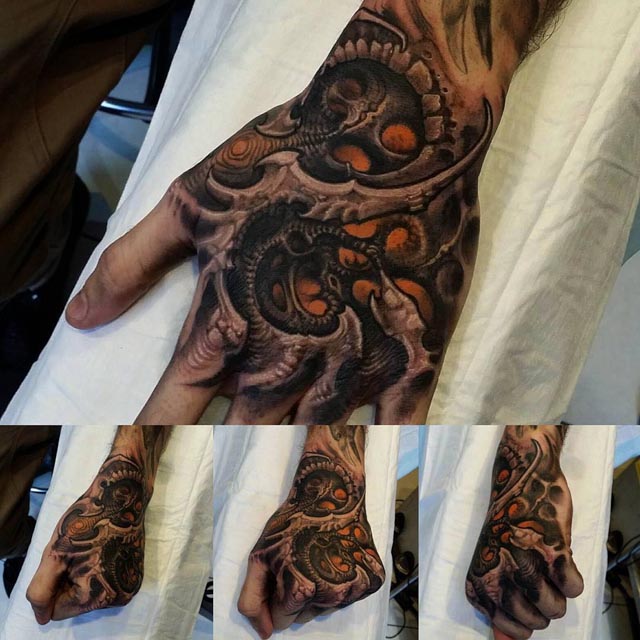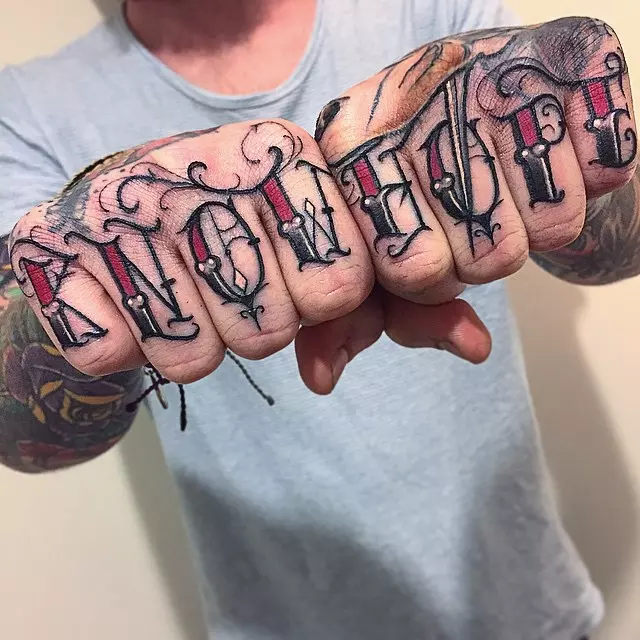
Alright, let’s talk tattoos.
Specifically, hand tattoos.
Ever get a tattoo you regretted?
Maybe just a part of it?
I get asked all the time: Can you remove just part of a hand tattoo?
That’s what we’re diving into.
So, You’re Stuck With Part of a Hand Tattoo You Hate?
It happens.
Trust me, I’ve seen it all.
Maybe it’s an ex’s name.
Or a symbol that doesn’t resonate anymore.
Whatever the reason, you’re not alone.
Here’s the deal.
Partial tattoo removal is definitely possible.
It’s not always a walk in the park, but it’s doable.
How Does Partial Hand Tattoo Removal Work?
The key player here is laser tattoo removal.
It’s the most common and effective method.
Think of it like this: the laser breaks down the ink into tiny particles.
Your body then naturally flushes those particles away.
Here’s a quick breakdown:
- The laser targets the ink. Different lasers are used for different ink colors.
- The ink shatters. This process can be a little uncomfortable, like a rubber band snapping against your skin.
- Your body does the rest. Over time, your immune system clears the ink particles.
Now, about removing just part of the tattoo…
- Precision is key. A skilled technician can target specific areas of the tattoo.
- Expect multiple sessions. It usually takes several treatments to fade the ink significantly.
- Not all inks respond the same. Some colors are stubborn.
I had a client, let’s call her Sarah, who had a full hand tattoo that included a small initial she wanted gone.
The rest of the tattoo she actually liked!
We were able to carefully remove just the initial using laser treatments over several sessions.
It took patience, but it worked!
What to Consider Before Removing Part of Your Hand Tattoo
Before you book your first appointment, think about these things:
- The location of the unwanted part. Is it isolated, or intertwined with other elements?
- The colors involved. Black ink is usually the easiest to remove.
- Your skin type. Some skin types are more prone to scarring.
- The technician’s experience. This is crucial. Find someone who specializes in partial removals.
Finding the Right Technician
Seriously, don’t skimp on this.
Do your research!
Here’s what to look for:
- Certifications and training. Make sure they’re qualified.
- Before-and-after photos. See examples of their work.
- Consultation. Talk to them about your goals and concerns.
- Good reviews. Check online reviews and testimonials.
Remember, this is your skin we’re talking about.
You want someone who knows what they’re doing.
Aftercare: Crucial for Success
Laser tattoo removal aftercare is super important.
Follow your technician’s instructions carefully.
Here are some basics:
- Keep the area clean and dry.
- Apply a healing ointment.
- Protect it from the sun. Sunscreen is your best friend.
- Avoid picking or scratching. Let it heal naturally.
Proper aftercare can minimize the risk of scarring and ensure the best possible results.
FAQ: Your Questions Answered
- Does it hurt? Yes, but it’s manageable. Most people describe it as a snapping sensation. Numbing cream can help.
- How many sessions will I need? It depends on the size, color, and location of the tattoo. Expect multiple sessions.
- Will it completely disappear? Most tattoos can be significantly faded, but complete removal isn’t always guaranteed.
- Is it expensive? Laser tattoo removal can be pricey. Get quotes from several technicians.
- Can I cover it up instead? Absolutely! Cover-up tattoos are a great option if you’re not ready for removal.
Your Next Steps
If you’re serious about removing part of your hand tattoo, here’s what I recommend:
- Schedule a consultation. Talk to a qualified technician.
- Ask questions. Don’t be afraid to ask anything.
- Manage your expectations. Partial removal takes time and patience.
Ultimately, deciding whether or not to undergo partial hand tattoo removal is a personal choice.
I hope this article has given you some clarity.
And remember, skilled technicians can help determine if you can remove just part of a hand tattoo.








